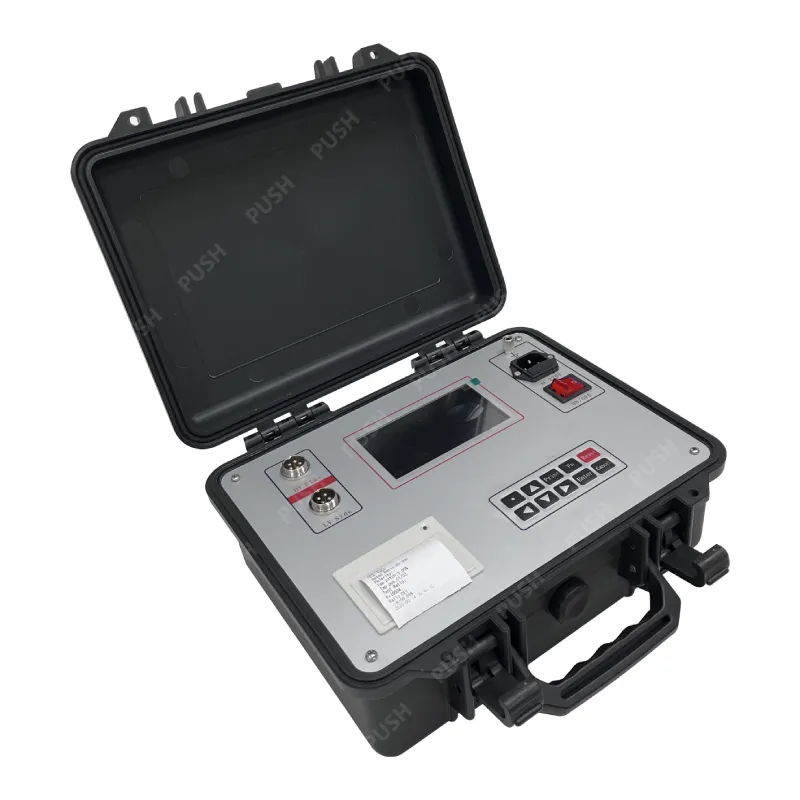 English
English


Approach to Analyzing Ion Concentration through Potentiometric Titration Techniques
Potentiometric Titration Method An In-Depth Exploration
Potentiometric titration is a sophisticated analytical technique extensively used in chemistry to determine the concentration of an unknown solution. Unlike traditional titration methods, which rely on visual indicators to observe endpoint changes, potentiometric titration employs the measurement of voltage changes to provide precise and accurate results. This article explores the methodology, advantages, applications, and limitations of potentiometric titration, making it a valuable tool in both academic and industrial chemistry.
Methodology
In a typical potentiometric titration setup, two electrodes are utilized a reference electrode and an indicator electrode. The reference electrode maintains a constant potential, while the indicator electrode responds to changes in the analyte's concentration. During the titration, a titrant of known concentration is gradually added to the analyte. As the titrant is added, the system’s potential changes, which can be monitored continuously.
The procedure involves several key steps
1. Preparation The analyte solution is prepared, and both electrodes are immersed in the solution. A potentiometer measures the voltage across the electrodes. 2. Titration Process The titrant is slowly introduced, usually via a burette. The voltage is recorded at regular intervals to create a titration curve.
3. Data Analysis The resulting voltage versus volume plot typically showcases distinct inflection points, which correspond to the endpoint of the reaction. These points are analyzed to determine the concentration of the unknown sample using equations derived from the Nernst equation and acid-base equilibria.
Advantages
The potentiometric titration method offers several advantages over conventional titration techniques
- Precision and Sensitivity Potentiometric measurements provide high precision and sensitivity, allowing for the detection of subtle changes in concentration that visual indicators may miss.
- Applicability to Colored Solutions Since the method does not rely on color changes, it can be effectively used with colored solutions or samples containing turbidity, where visual detection would be challenging.
- Automation Potential Potentiometric titration can be easily automated, making it suitable for high-throughput analysis in laboratories that require consistent and rapid measurements.
- Compatibility with Various Analytes This method can be applied to a wide range of analytes, including acids, bases, and complexometric agents, thus broadening its usability across different fields of research.
potentiometric titration method

Applications
Potentiometric titration is widely used in various fields, including
- Pharmaceutical Industry It is used to determine the concentration of active pharmaceutical ingredients (APIs) in drug formulations, assuring compliance with regulatory standards
.- Environmental Science The method is applied to analyze pollutants in water, soil, and air, aiding in environmental monitoring and assessment.
- Food Industry It plays a crucial role in quality control, measuring acidity levels and concentrations of additives or preservatives in food products.
- Chemical Manufacturing It facilitates the analysis of reactants and products in chemical processes, ensuring optimal conditions for reactions and maintaining quality control.
Limitations
Despite its numerous advantages, potentiometric titration has some limitations
- Equipment Sensitivity The technique requires sophisticated and sensitive equipment, which can be expensive and requires careful calibration.
- Interference Various ions present in the solution may interfere with the readings, necessitating sample purification or complexation steps prior to analysis.
- Operator Skill While the method offers precision, it demands a certain level of expertise for setup and calibration to minimize errors.
Conclusion
Potentiometric titration represents a powerful and versatile analytical technique, ideal for a range of applications in chemistry and related fields. Its ability to provide precise measurements without the influence of color or turbidity sets it apart from conventional titration methods. However, it is essential to consider its limitations, such as equipment sensitivity and potential interferences. As advancements in technology continue to evolve, the efficacy and accessibility of potentiometric titration are likely to improve, solidifying its place as an indispensable tool in modern analytical chemistry.
-
Differences between open cup flash point tester and closed cup flash point testerNewsOct.31,2024
-
The Reliable Load Tap ChangerNewsOct.23,2024
-
The Essential Guide to Hipot TestersNewsOct.23,2024
-
The Digital Insulation TesterNewsOct.23,2024
-
The Best Earth Loop Impedance Tester for SaleNewsOct.23,2024
-
Tan Delta Tester--The Essential Tool for Electrical Insulation TestingNewsOct.23,2024





